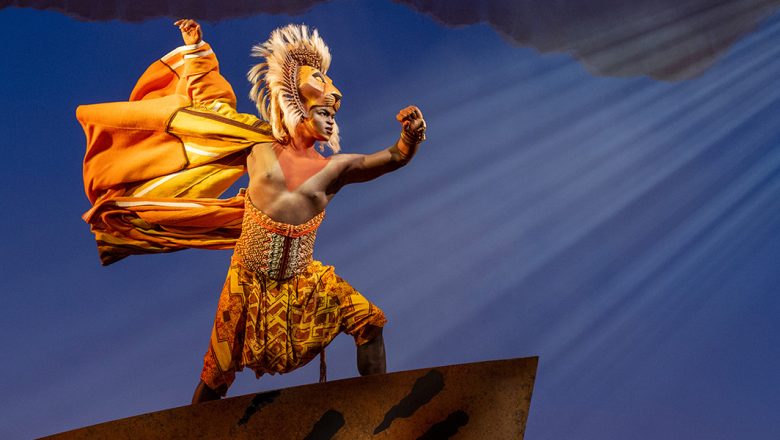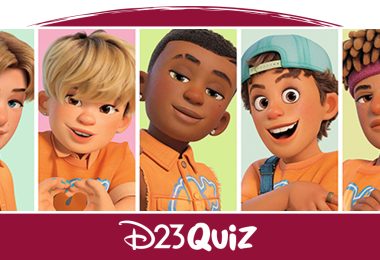By Tori Hunt
“Hakuna matata!” The Disney animated classic The Lion King captured the hearts of fans everywhere nearly 30 years ago with its heartwarming tale of perseverance and bravery. Its popularity inspired the creation of a stage adaptation, directed by Julie Taymor, which opened to rave reviews at the New Amsterdam Theater on Broadway in 1997, smashing box office records. Its massive success, in turn, led to global and North American tours that are still going strong!
Since launching in April 2002 at the Buell Theatre in Denver, Colorado, The Lion King North American tour (produced by Disney Theatrical Productions) has employed hundreds of theater professionals, and played more than 9,000 performances—during 227 engagements in 93 cities—to an audience of more than 21 million theatergoers! Few tours in the history of theater have achieved such reach or impact.
In its decades as a cultural mainstay, The Lion King has won more than 70 global theatrical awards, including six Tony® Awards and a Grammy® Award. The musical’s ability to connect with audiences across several different languages and cultures has made it one of the most successful productions of all time. None of that would be possible without the thousands of crew members who have a deep-rooted passion for the show.
To help celebrate its 20th anniversary, D23 got the exclusive scoop from two original tour members as the show begins a two-week engagement at The Century II Concert Hall in Wichita, Kansas.
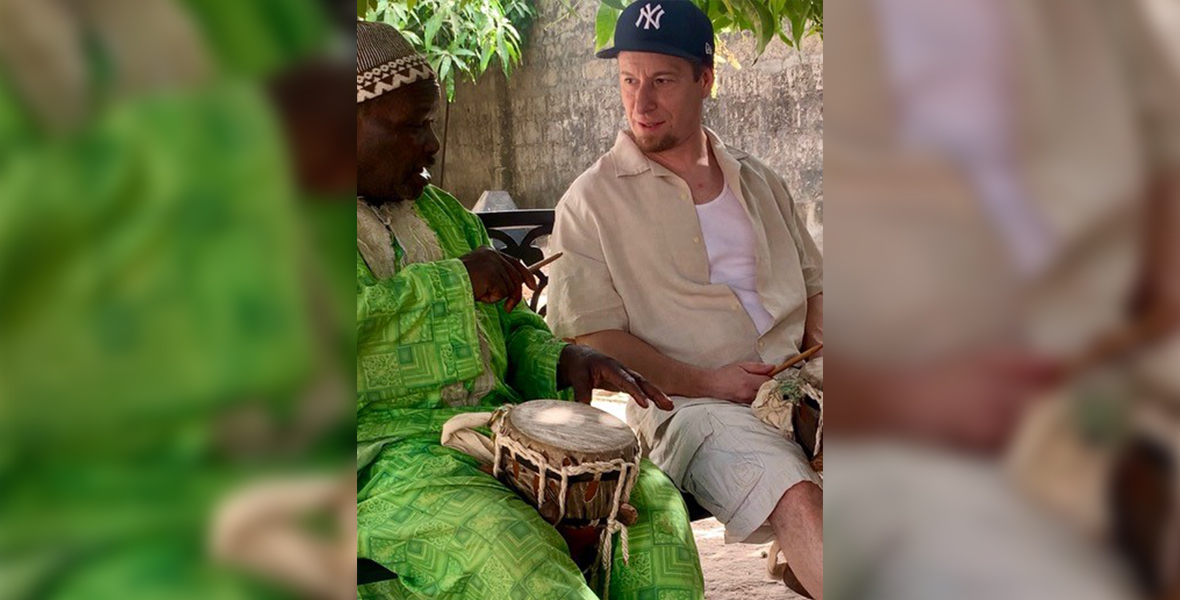
It goes without saying that it takes a village to put on every single performance. Between lighting technicians and choreographers to musicians in the orchestra, everyone involved in The Lion King is instrumental to its success.
Stefan Monssen, an African-trained percussionist, started with The Lion King in the late ’90s, subbing for drummer Junior Wedderburn before becoming a permanent member of the orchestra. Prior to joining the show, he’d spent three years in The Gambia, living with and learning from a Mandinka family headed by master drummers.
When he joined The Lion King, “I was amazed and totally scared at the same time,” Monssen tells D23. “Though Junior was shadowing me, there was no rehearsal with the conductor or orchestra; one goes right into performing the show itself, so I was very nervous while incredibly astounded and happy.”
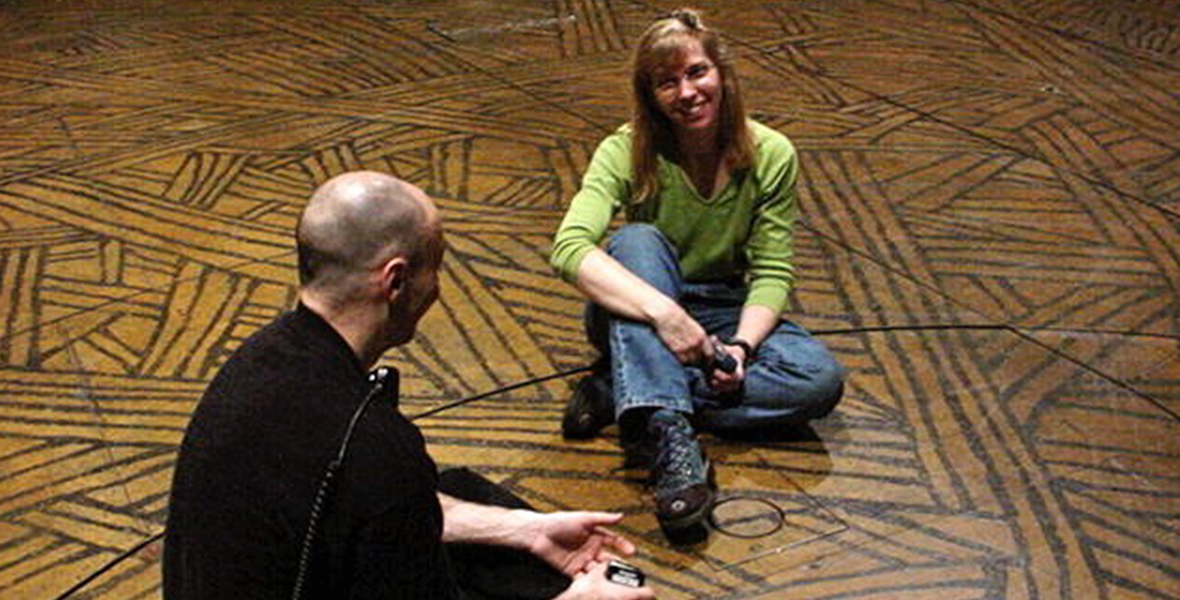
“Being that The Lion King is so infused with rhythms based in these [Gambian] traditions, it’s easy to stay passionate about the show,” Monssen says. (The musical boasts five indigenous African languages including Swahili and Zulu.)
After all these years, Monssen says he keeps things fresh for himself by continuing to grow outside of his work in the production. He has returned to The Gambia to reconnect with his teacher’s family and to continue his studies several times and—in addition to advancing as a musician—found his own happily ever after.
“I’m very happy to say I found love in The Gambia and I have now been happily married for three years,” he says. “My wife’s uncle happens to be my head teacher there, so it has only brought a deeper connection with the family.”
“By continuing to grow with my passion for Gambian music and culture, I am able to bring that growth, love, and passion into my performing with The Lion King. It really was the right show for me to land and stay with for so many years,” he says.
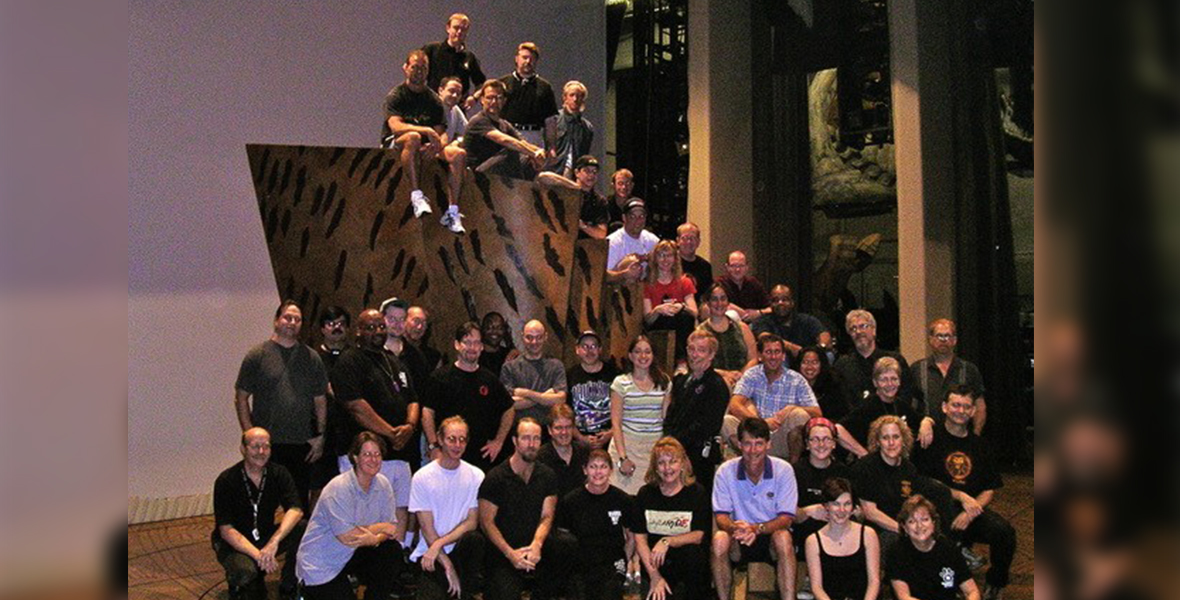
Advanced electrician Meg Sump has been with the touring production since the beginning and has witnessed every aspect of the performance. In fact, she has watched the show over 6,000 times!
Sump is grateful for the community she’s been able to build over the last 20 years as a part of The Lion King. “Each person brings talents and skills, and then combines them together, over and over, week after week, to present this wonderful work—live to audiences all across the country,” she says.
When asked why The Lion King continues to draw audiences from across the country and world decades after it began, both Monssen and Sump noted both the heart and imaginative spirit of the show.
“Even after all these years, The Lion King doesn’t get old and it keeps striking chords with theatregoers,” says Monssen. “From the incredible lighting design, the choreography, the various styles of music infused with rhythm, as well as the most beautiful South African vocals, the show is a wonderful tapestry of so many elements intertwined. And of course, the human elements are one of, if not the main part of, the show’s heartbeat and soul.”
As for Sump, she believes the audience is grabbed right at the top of the show—when the giraffe silhouette, walking in front of golden sun, captures their imagination.
“They know they see a giraffe, and then as the lighting changes, they realize it is a person in a giraffe costume,” she explains. “But they have already accepted them as a giraffe, so they are a giraffe. From that moment, the audience becomes part of the Pride Lands, and their imaginations are linked with the action on the stage.
“This is the magic of the theater,” she continues. “And once they experience it, people want to share it. Grandparents bring grandchildren to introduce them to our world. Children grow up and bring friends. The friends have children, and the enchantment grows. It is a beautiful thing to watch.”


